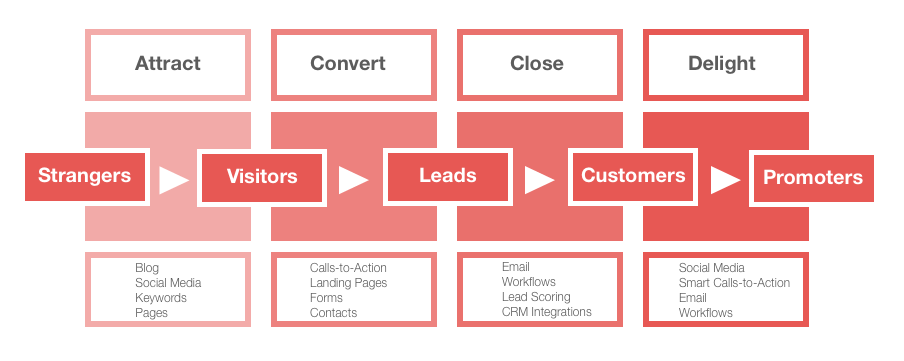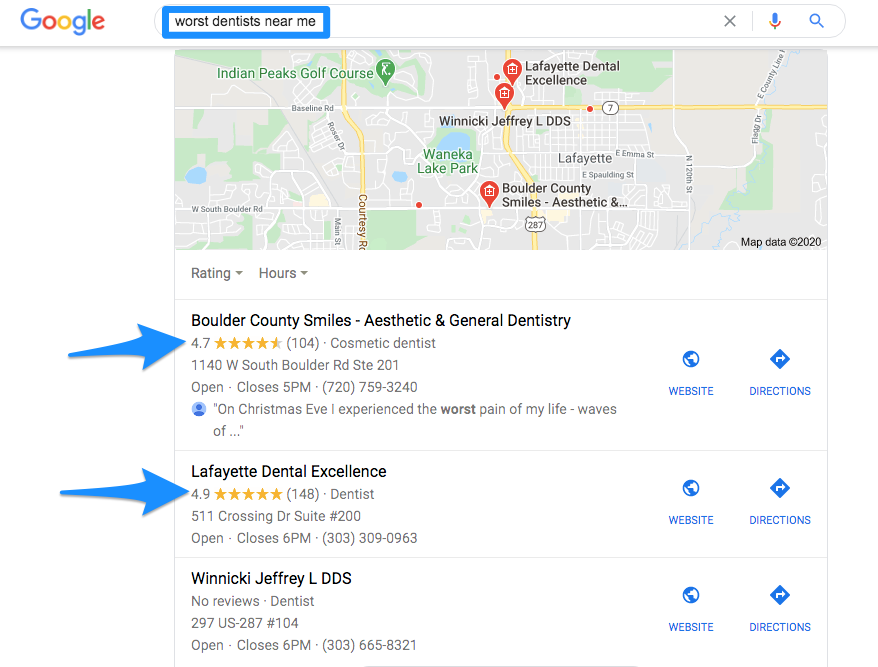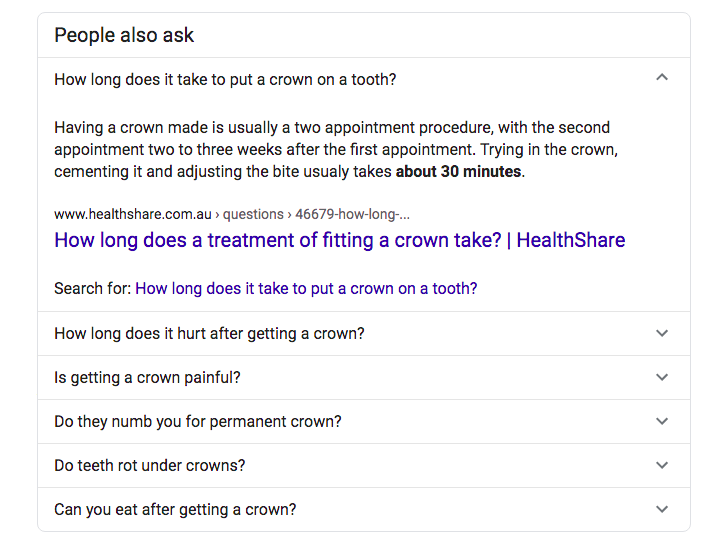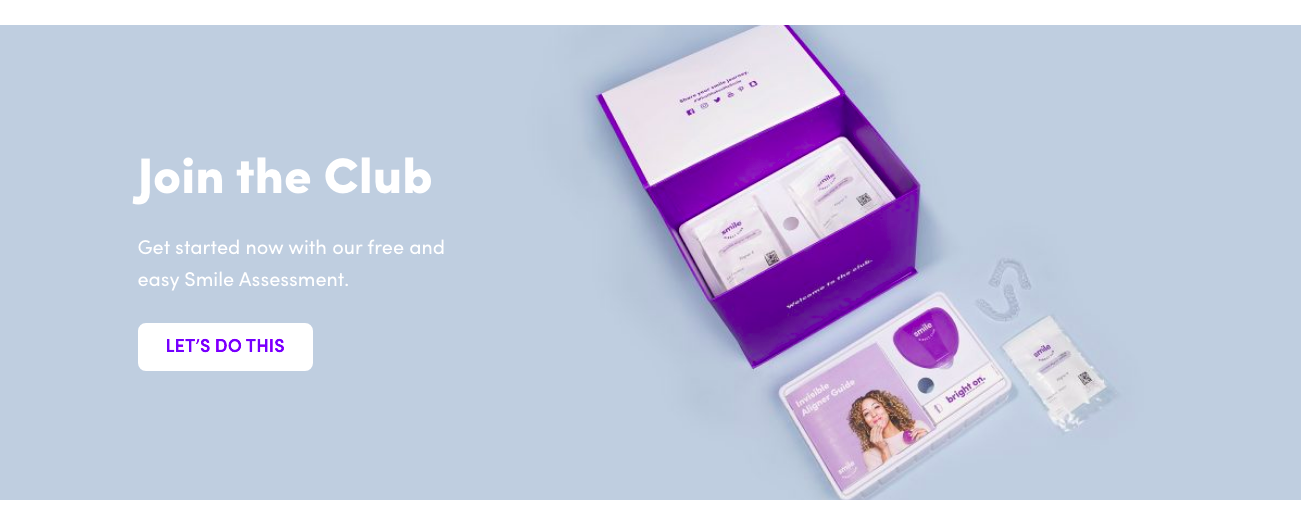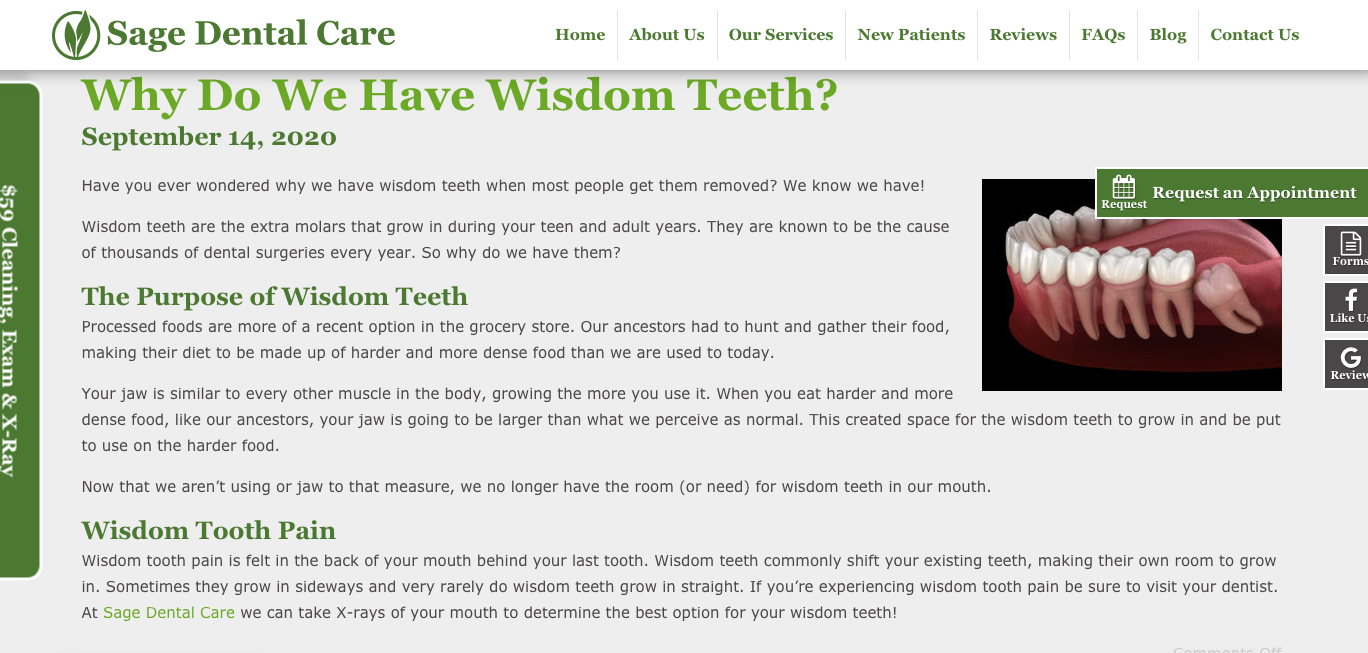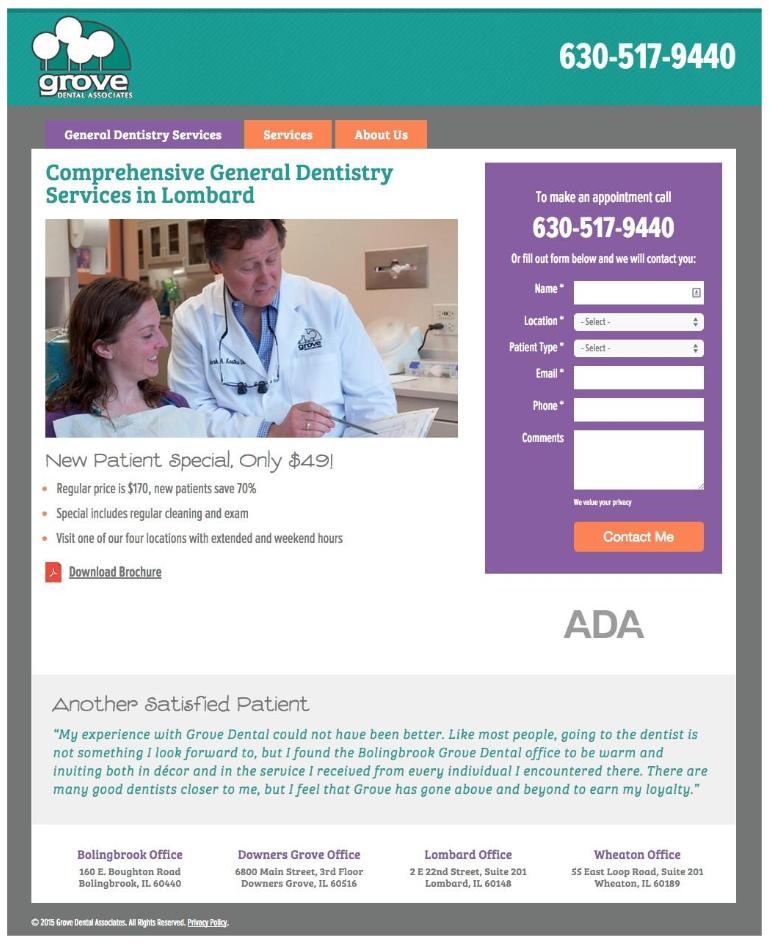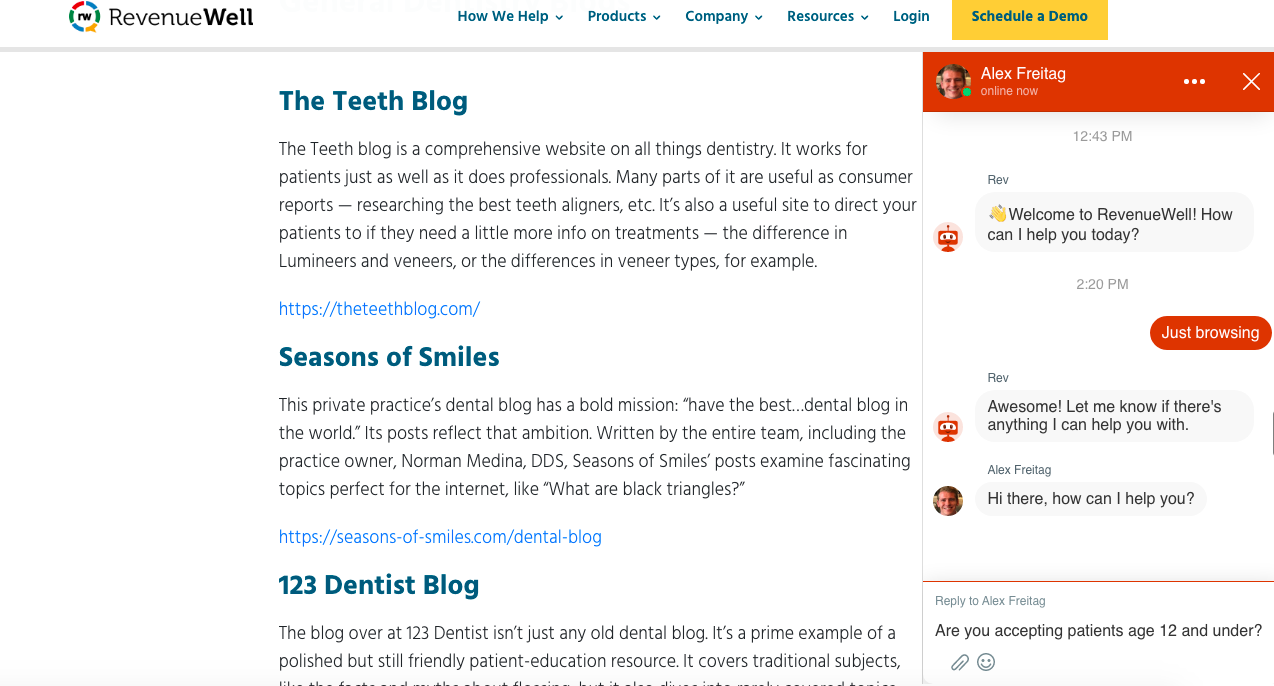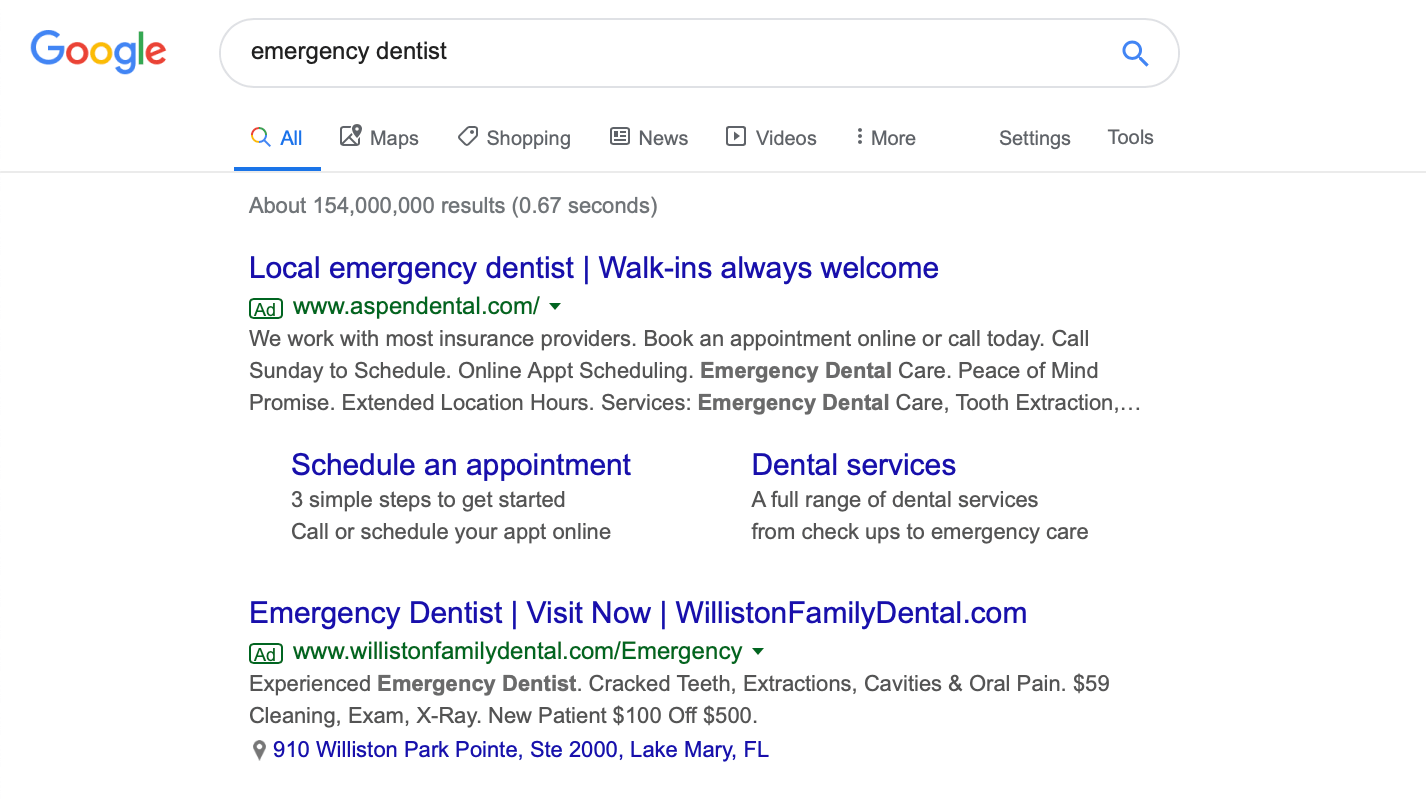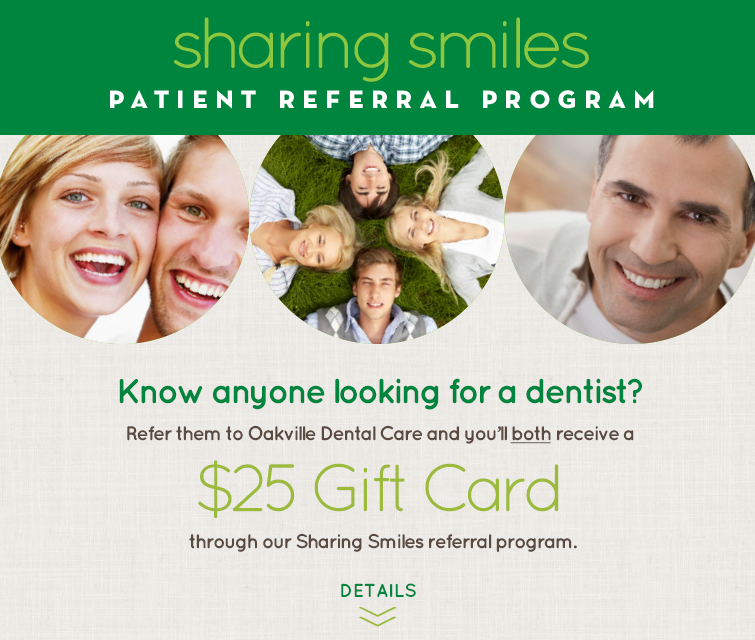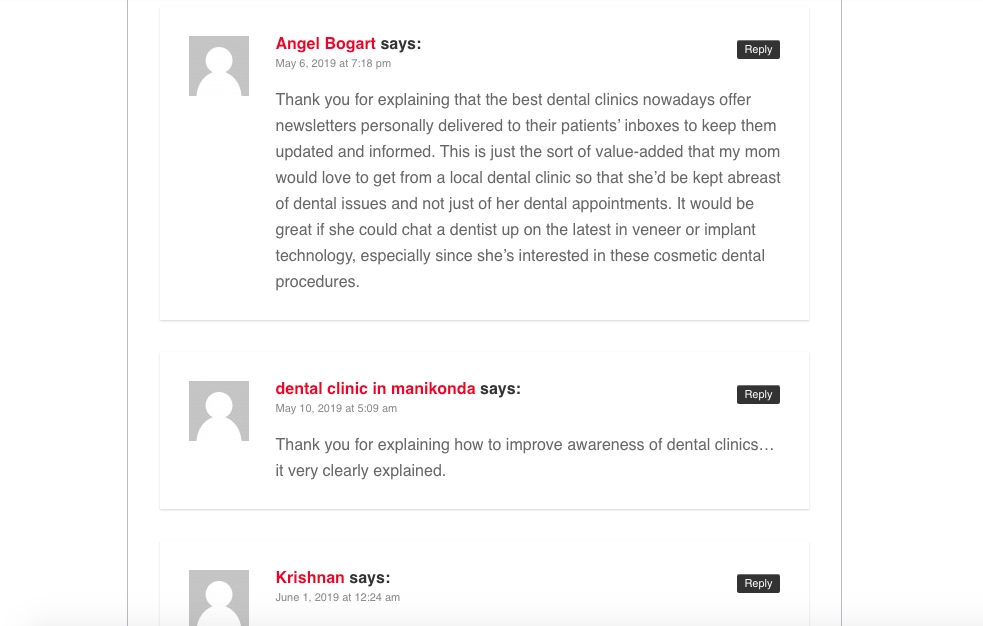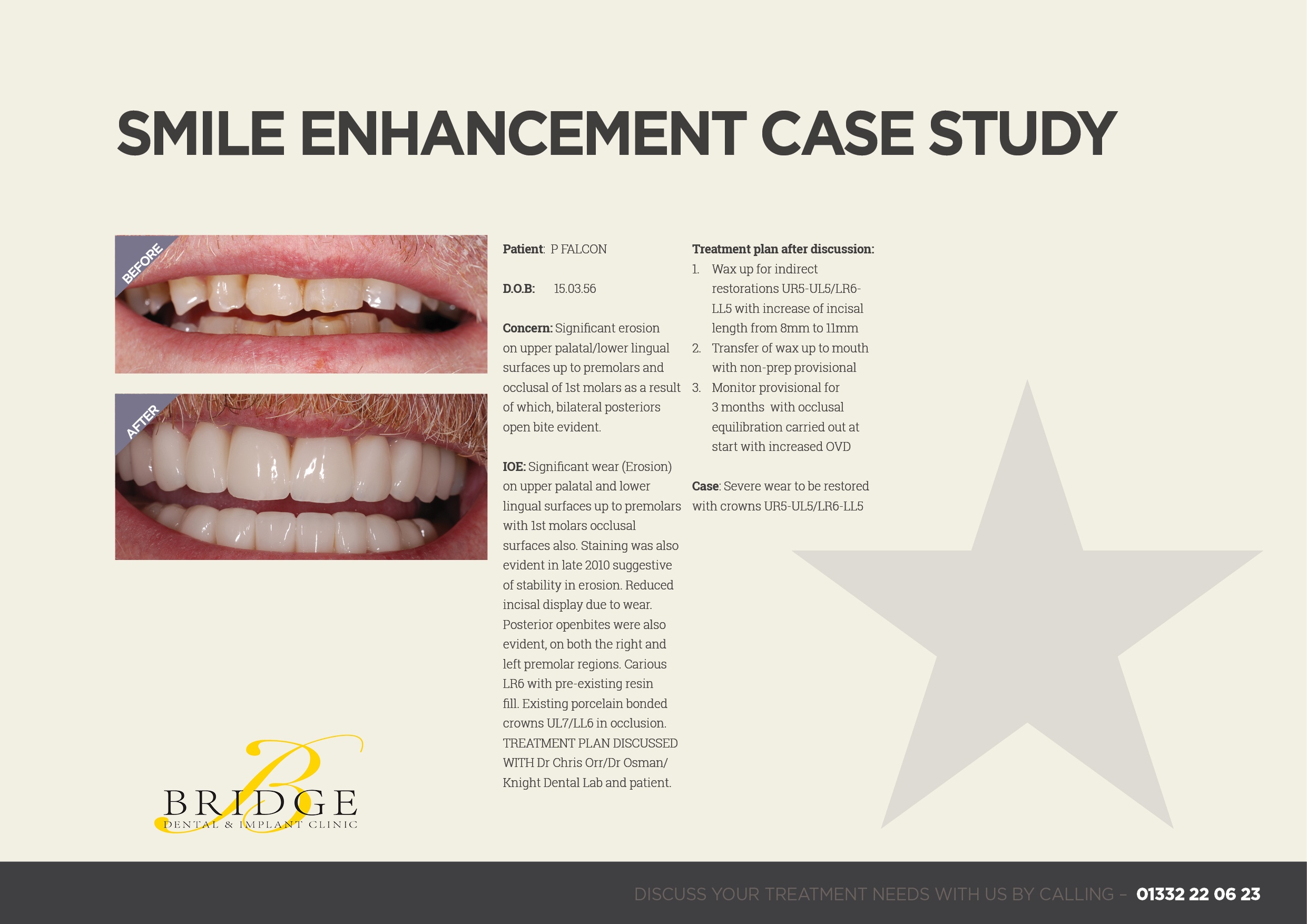It’s early in the morning. You walk through the door of your dental practice, as ready for the upcoming day as you can be. There’s a nagging part of your brain that can’t stop thinking about your practice’s dropping revenue numbers. You make the promise to yourself, your employees, your practice to do some outreach for new, prospective patients today. If you don’t reach out to dental leads, no one will. And that’s the only way out of the sinking revenue.
Between the surgeries, cavity filling, and charts consuming your day, you finally get some reprieve and look at the clock to call some contacts—but it’s almost 6 p.m. Looking at the rest of the week, your days are identical. Completely packed.
The expectation in the dental industry is to do outreach via phone to win new clients. But the irony is that there aren’t enough hours in the day to do that AND operate a dental practice.
However, there is a way to break this cycle. What’s the answer to doing less outreach? Inbound marketing, a methodology that systematically uses different content formats to educate and forge trusting relationships with prospective and existing customers over the internet. This form of marketing is scalable, requires much less manual effort for business owners, and empowers readers to make decisions on their own.
(Source)
What does inbound marketing look like for a dental practice? Reaching new clients online and building relationships with them through content. Let your marketing do more of the work for your business, so you have more time to focus on what you do best—fixing smiles.
1. Attract: Get the attention of dental leads through search
The essential first step to making the inbound marketing machine run is to attract dental leads when they’re looking for dental solutions, rather than relying on cold outreach. Save time by acquiring warm dental leads through optimized organic and paid search content.
Target services keywords with paid search ads
Without keywords in your pay-per-click (PPC) ads, your audience won’t know whether or not your services are a good fit for their search. Keywords in ads help context-set for your leads.
As a base, you should maintain a list of keywords you’re targeting through paid search ads that include the services you offer, the locations you operate, and any other brand or dentist name keywords. A spreadsheet can work for maintaining this list. Here are some ideas of which dental keywords to start with.
A necessary sidekick for this foundational list of keywords is keyword match types and negative keywords. Keyword match types are a way to have greater control over which Google searches will display your ad, and negative keywords are the inverse—which searches won’t display your ad. Curating a list of keyword matches (and a list of negative keywords) to include (and exclude) in Google Ads will limit your bidding parameters to only leads best suited for your services.
For example, if you’re targeting the keyword “dentist near me” but don’t exclude terms like “worst” or “free” or “cheapest,” you’ll be spending your expensive PPC dollars on bad leads.
To research keywords you do want to match, the keyword research tools to use (if you don't already use them) are SEMrush, Ahrefs, and Moz. To source keyword themes and phrases from your patient conversations, CallRail's Call Highlights uses AI to bubble up those trends from call recordings.
Once you’ve identified the keywords you’d like to use, weigh which keywords are most valuable to you for bidding and place them in your PPC ad copy accordingly, depending on your budget.
Read more about setting up PPC marketing for dental practices in this guide from Pain-Free Digital Marketing.
Create organic Top- and middle-of-funneL blog content
Another way to capture a lead’s attention is to write content on your blog that answers your leads’ search questions. Content types that are top-of-funnel or middle-of-funnel that a dentist might create beyond blog content are PDFs/one-pagers of procedures, infographics, case studies, and informational videos.
This introduces your brand as an expert, a provider of value, right off the bat. If you can speak directly to their search query, you’ll efficiently prove that you’re knowledgeable about things they’re most urgently asking about. Distributing your content with the natural flow of the keyword will signal to both search engines and your leads that you are a trusted source on the topic.
To find keywords and phrases to optimize blog content for, you can use services similar to the ones you used with the PPC keyword research above. From there, you’ll want to level up with long-tail keywords or phrases—longer strings of words or phrases that may have less search volume overall but target an in-depth concept for higher-quality leads for your practice. It’s the difference between the broad “cosmetic dental care” and “cosmetic dental care for kids after accident.”
Think about sourcing commonly asked questions, for example, from “People also ask:”
You can also check out “searches related to...” your leads’ queries to find ideas.
Once you have the keywords you want to target, use this guide to optimize pieces for search.
Optimize your Google My Business listing
Getting set up for the biggest return in local searches depends on nailing Google My Business for your practice. Since Google My Business is effectively the online “directory” of businesses listed through Google, it has become a prerequisite for doing business locally online successfully.
What do you need to focus on to optimize the listing?
- Make sure the phone number, address, and geographical area you serve are accurate.
- Ensure the link to your website is active and correct.
- Update your hours.
- Solicit honest reviews from your patients for social proof.
After your dental leads have their first interactions with your brand through search, you’ll need to capture their email information, so you can stay in touch and keep them warm as they head down your inbound funnel.
2. Convert: Capture contact information of visitors to your website
You’ve secured leads’ attention with PPC ads and blog content, and they’ve arrived on your website.
Now, the goal is to capture their contact information through pop-ups, form fills, or chat, so you can continue nurturing them.
For this effort to capture leads’ contact information on blog content to be effective, however, you must:
- Pair calls-to-action (CTAs) with content that is high-value and relevant to the reader. If the content isn't engaging and useful, the reader likely won't feel motivated to learn about your business, much less engage with CTAs. The opportunity to get their attention will be wasted. Keep them reading to earn their CTA clicks—build off questions the audience is asking and consider using them as subheads.
- Sprinkle CTAs throughout your blog. CTAs don’t just have to be at the bottom of blog posts. They can be in different placements on individual blog pages (e.g., in-line, pop-ups, footer CTAs) or on your blog homepage. The dental company Smile Direct Club features this CTA at the bottom of their main blog page, and Sage Dental Care uses real estate on the left and right of their blog for CTAs.
(Source)
(Source)
- Use gated content to “earn” your visitors’ emails. Gated content requires your website visitors to enter their email in a form to download a uniquely valuable content resource like a white paper, PDF, or list. Examples of gated resources for dentists could include one-pagers about services or a checklist for a busy mom to prepare her anxious kid for a dentist appointment. They could also include an extra incentive, like claiming a “new patient special” with the download, like this example:
(Source)
Along with adding CTAs to blog content, you can capture contact information through well-structured service pages. Instead of listing out all services in a giant bulleted list, create one service page per individual service you offer (1,000 words each is recommended). Go on to answer questions about the service, recovery time, costs, etc.
What’s the best way to get contact information from a page like this? Live chat. Because the audience on these pages is buying-ready, it may be a matter of answering just a couple of questions for them before they’re ready to book an appointment as a new patient. This live chat experience can easily be handled by a chatbot based on how the lead fills out the initial form in the chat window, or perhaps your receptionist can manage it in addition to the phone lines.
(Source)
You’ve already gotten in touch with more dental leads than you did on your lunch break through these two steps alone.
3. Close: Stay top-of-mind through email marketing and retargeting
Once you’ve collected contact information, proactively reach out to your dental leads to close them as sales. Maintain a personal connection with these potential patients to encourage them to come in for a visit.
Email newsletters are a powerful way to reach out to your audience regularly. For a dental practice, your email newsletter cadence might be bi-weekly, monthly, or quarterly. That regularity is critical for keeping your practice top-of-mind when recipients need to make a decision about their dental care.
Tailor the content of the email newsletters to specific audiences, so you can address different groups’ specific needs.
- Offer a first-time visit promo email to prospective patients.
- Send current patients a message about a new additional whitening service you’re offering.
- Target parents of pre-teens with emails about orthodontic services.
That personalization of email content goes a long way with leads. You could even extend these campaigns into sales follow-up email sequences.
Another way to keep your practice top-of-mind is through retargeting and display ads. These ads are placed for leads who have already visited your website and are further down the marketing funnel.
(Source)
For more tips on how you can use retargeting for your dental practice, check out this comprehensive guide.
4. Delight: Turn happy patients into referrers for your practice
The inbound marketing process doesn’t stop when you’ve won a new patient. Establishing systems of opportunities for happy patients to show their support will inform your inbound marketing content and materials moving forward. Think about it: hearing about past experiences is persuasive when you’re considering a new restaurant (reviews) or even new employees (references), right?
Mobilize your happy patients to refer friends, family, or neighbors to your practice on digital channels, preferably your website or through review platforms like Google My Business, or your chosen local directories. This should start with a formal referral program of some sort. Encourage sharing referral links or codes via email to make these efforts trackable.
Your program should also incentivize happy patients to refer others with a reward. For example, patients who refer five friends might get a free teeth cleaning or a gift card:
(Source)
Besides referrals, you can also show leads how happy your patients are by establishing commenting functionality after your blog posts. Comments showcase that your practice has an active community and that you’re a responsive business.
(Source)
Plus, this has a hidden benefit as a source of new topic ideas for content relevant to your audience.
You can also spotlight patients who had particularly positive experiences with your practice in case studies or client stories. Choose patients who received a certain type of procedure you want to highlight in your marketing or those who have received treatments that show your best work.
(Source)
A bonus of this type of content is that you can use quotes from case studies in other places in your marketing, like in a “patient spotlight” feature of your email newsletter. Just be sure to ask permission from the patient.
Allow real experiences to spread the good word and convince dental leads your practice is the right choice.
Rake in more dental leads with CallRail
Inbound marketing is a gift that keeps on giving. Your content and campaigns hum away in the background—collecting dental leads and educating them and winning you patients—even when you’re off the clock. Keep your inbound marketing machine well-oiled by adding new pieces of content, soliciting reviews from your patients, and answering new questions.
CallRail is equipped with copious features to measure and optimize your inbound marketing as a dental practice, like HIPAA compliant call and form tracking, Conversation Intelligence to systematically learn from phone calls you receive, and more. Take the guesswork out of what’s working (and not) with your marketing, and see how CallRail can help you keep tabs on all of it with a free, 14-day trial.




